Table of Contents
Mercedes “Collision Prevention Assist Plus Inoperative” — What It Means
The “Collision Prevention Assist Plus Inoperative” warning on your Mercedes dashboard signals that the automatic braking system designed to help avoid front-end collisions has stopped functioning properly.
This feature is part of the Mercedes-Benz Intelligent Drive system, and when it’s inactive, your vehicle loses its emergency brake support, especially in stop-and-go traffic or at highway speeds. The root causes often stem from radar sensor failures, faulty control modules, low voltage, or software glitches.
How Collision Prevention Assist Plus Works
This safety system uses a radar sensor (typically mounted behind the front grille or Mercedes-Benz emblem) and sometimes a camera to:
- Monitor vehicles ahead
- Warn the driver visually and audibly of potential collisions
- Apply partial or full braking if the driver doesn’t react in time
The system activates at speeds above 7 km/h (~4 mph) and works with features like Brake Assist (BAS), Distronic, and ESP.
Common Causes of the Inoperative Message
| Cause | Description |
|---|---|
| Low Auxiliary Battery Voltage | Weak voltage interrupts radar and ADAS module communication |
| Dirty or Blocked Radar Sensor | Mud, snow, or bumper film obscures the radar’s vision |
| Corroded Connectors or Wiring Harness | Moisture near sensor/module affects CAN communication |
| Aftermarket Repairs or Non-Genuine Parts | Incorrect sensors or uncalibrated replacements |
| Control Unit Fault | IC Radar or ESP module failure |
| Software Errors | Updates or mismatched modules after repair |
Case Study #1 In Mercedes C300: Mercedes collision prevention assist plus inoperative
When the dashboard displays the message Collision Prevention Assist Plus Inoperative in your Mercedes C300 or any Mercedes Vehicles, it is important not to panic. This message simply indicates that the collision prevention system is not currently operational.
Several reasons can explain this situation, ranging from minor technical issues to more complex ones, which we will explore after understanding how the Collision Prevention Assist Plus system works.
Technological advancements in the field of automotive safety have significantly enhanced safety on our roads. One of the latest and most innovative safety systems is the ‘Collision Prevention Assist Plus.’ However, there are instances where this system may be reported as inoperative, which can raise concerns among drivers.
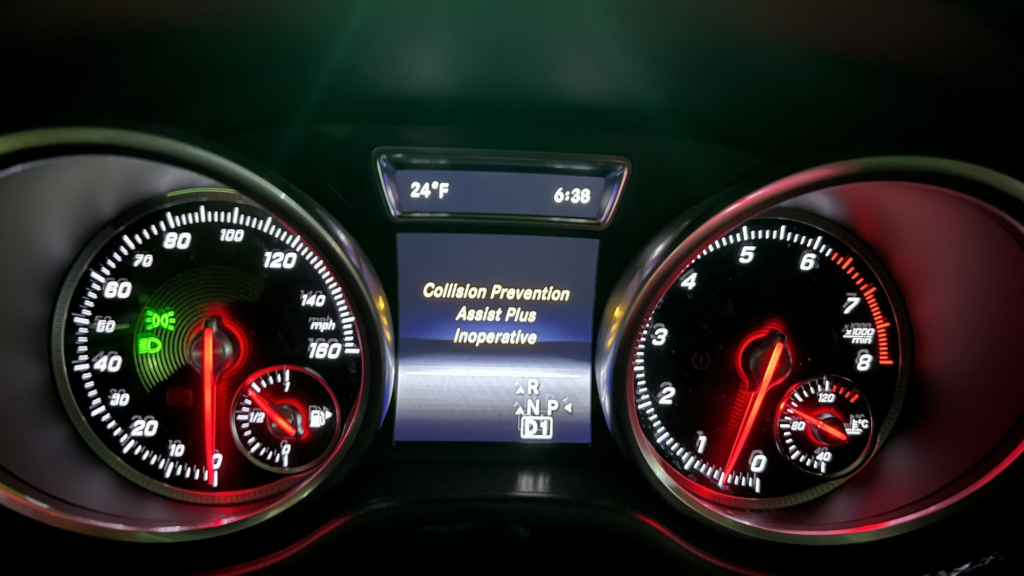
What is Mercedes Collision Prevention Assist Plus?
How does Collision Prevention Assist Plus work?
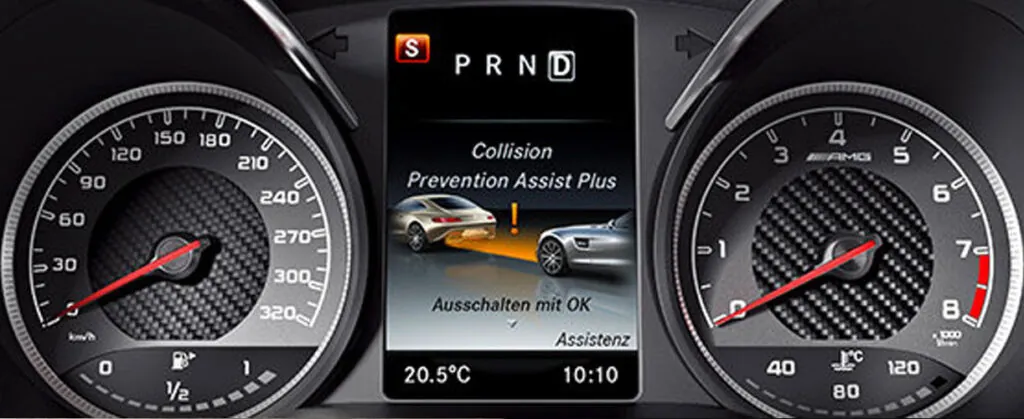
COLLISION PREVENTION ASSIST PLUS continuously monitors the following vehicle’s safety distance, visually and audibly warns the driver of possible collisions (e.g., rear-end accidents) with other vehicles, and substantially helps mitigate the consequences of an accident. In critical situations, COLLISION PREVENTION ASSIST PLUS autonomously initiates partial braking as necessary.
At what speed is pre-collision assist active?
For this purpose, the COLLISION PREVENTION ASSIST PLUS control unit analyzes traffic conditions in front of the vehicle, the likely route, and the driver’s behavior, continually assessing the potential risk of a possible collision.
Corresponding warnings are issued within a speed range of v = 7 to 250 km/h. If the driver responds to the warning signals and brakes, they are assisted by adaptive emergency braking. The necessary reinforcement of braking force is calculated based on the situation. Autonomous partial braking is initiated if the driver does not react to the warnings. This helps to avoid or at least mitigate the consequences of a potential collision.
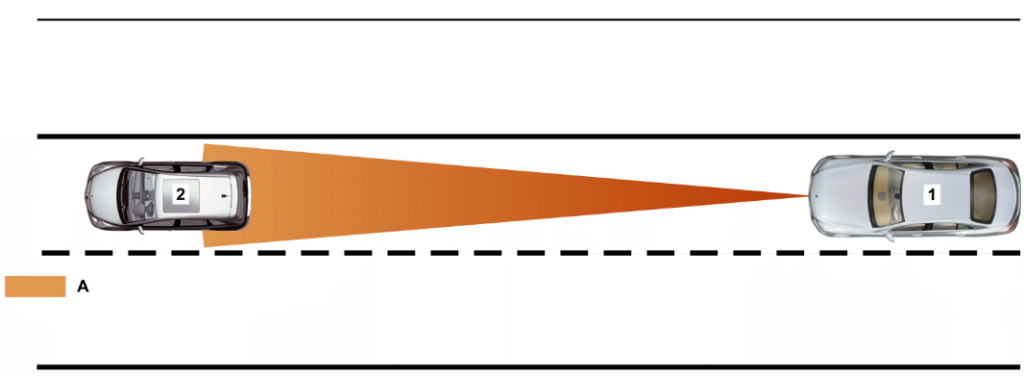
When an obstacle within the radar sensor’s detection zone is classified as an imminent accident (collision within less than t < 2.6 s), the COLLISION PREVENTION ASSIST PLUS control unit sends a request for warning issuance via the CAN network, including the electronic ignition switch controller and CAN user interface, to the instrument cluster.
The instrument cluster then activates the DISTRONIC warning light and directly controls the instrument cluster’s speaker (intermittent audible signal).

The COLLISION PREVENTION ASSIST PLUS control unit transmits the request for increased braking torque and reduced engine torque via the CAN peripheral, ignition contact controller, and FlexRay chassis network to the electronic stability program control unit.
The dynamic behavior regulation control unit evaluates the incoming requests, directly commands the hydraulic unit of the traction system, and transmits the request for reduced engine torque via the FlexRay chassis network, engine line controller, and CAN engine to the CDI control unit or the ME control unit.
To controle the electrical wires of the multiplexing network CAN, Flexray and LIN i recommend a Mercedes-Benz compliant multimeter and Picoscope
Show how collision prevention assists plus Mercedes A-Class work in the following video.
Case Study #2 In Mercedes CLS W218: Mercedes collision prevention assist plus inoperative
A 2016 Mercedes-Benz CLS 550 4MATIC was brought to our shop with a host of problems. The most pressing issue reported was the inoperative Collision Prevention Assist Plus system. The previous mechanic had replaced several components, including the ESP (Electronic Stability Program), ECU/control unit, and speed sensors, but the problem persisted.

Diagnosis Process
Given the extensive list of components already replaced, we decided to start our diagnosis by focusing on the ESP system. The ESP is critical as it monitors the vehicle’s speed and stability. Upon closer inspection, we discovered that the speed sensors previously installed were not original parts. These non-original sensors were providing incorrect values, even when the vehicle was stationary.

To resolve this, we replaced both front speed sensors with genuine Mercedes parts. After the replacement, the erroneous values returned to zero, as expected, indicating that the speed sensors were now functioning correctly.


Tracing Collision Prevention Assist Issue
With the speed sensor issue resolved, we shifted our focus to the Collision Prevention Assist system. We conducted a thorough inspection of the system, checking for any visible damage, wire melting, bridged connections, or water damage to the connectors. However, we found no issues in these areas.


Next, we decided to check the auxiliary battery, which controls the ECO Start/Stop function. We discovered that the auxiliary battery had a voltage of only 0.47 volts. This low voltage had caused the FRONT SAM (Signal Acquisition Module) to have a short circuit to ground. The auxiliary battery was essentially dead, likely for years, which explained the persistent issues with the Collision Prevention Assist system.

Solution Implementation
To address this, we replaced the auxiliary battery with a new one. After the replacement, we reset the system and performed a series of tests to ensure that all related systems, including the Collision Prevention
Step-by-Step Troubleshooting Guide
Restart the Engine
- – If the message is temporary (e.g., environmental), this may clear it.
Check Battery Voltage
- – Use a multimeter: 12.4V–12.8V is normal when off. Below this can trigger faults.
Inspect Radar Sensor
- – Clean debris, mud, or snow off the front bumper (especially emblem area).
Run Diagnostic Scan
- – Use XENTRY, iCarsoft MB, or ThinkDiag to scan IC Radar, ESP, and CAN system.
Check for Corrosion
- – Inspect radar harness and connectors for signs of water ingress.
Replace with Genuine Parts
- – Aftermarket sensors may not communicate properly with OEM modules.
Recalibrate Radar (if needed)
- – Use ADAS tools or STAR Diagnostic calibration targets after bumper repair or sensor change.
Mercedes collision prevention assist plus sensor location
Where is the forward collision sensor located?
The location of the Collision Prevention Assist Plus sensor depends on the type of Mercedes and can be found in two different places. It may be positioned behind the Mercedes emblem or in the right-side bumper, as illustrated in the image below.
The variability in location ensures accurate detection of potential hazards and contributes to enhancing the overall safety of the vehicle.
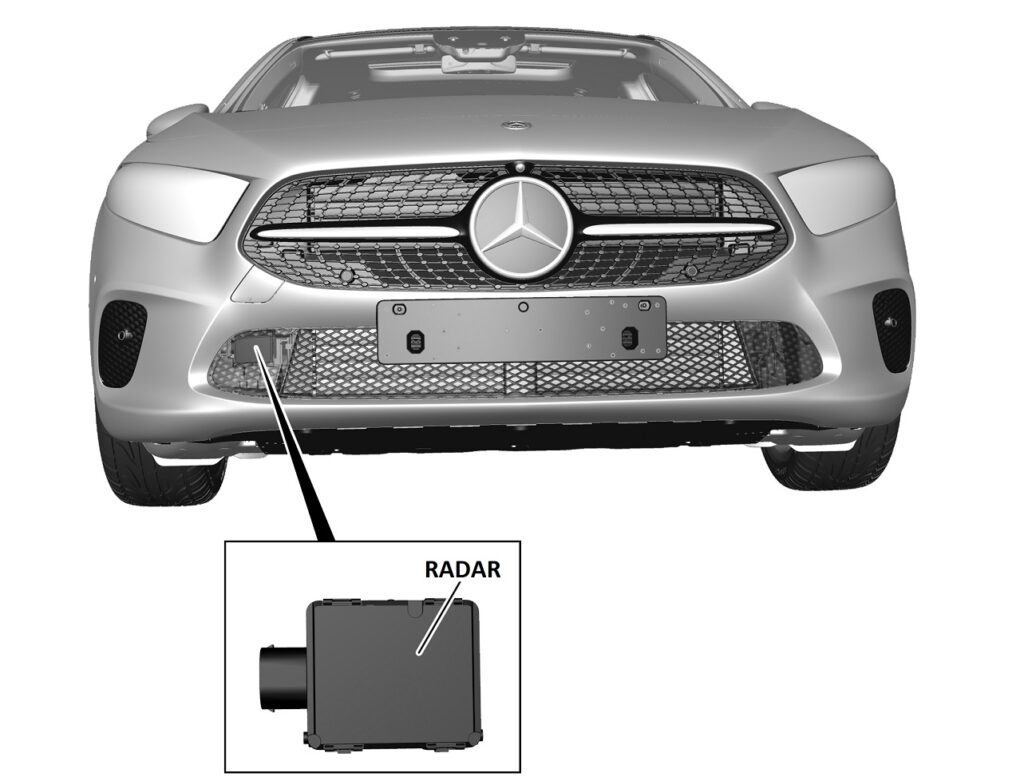
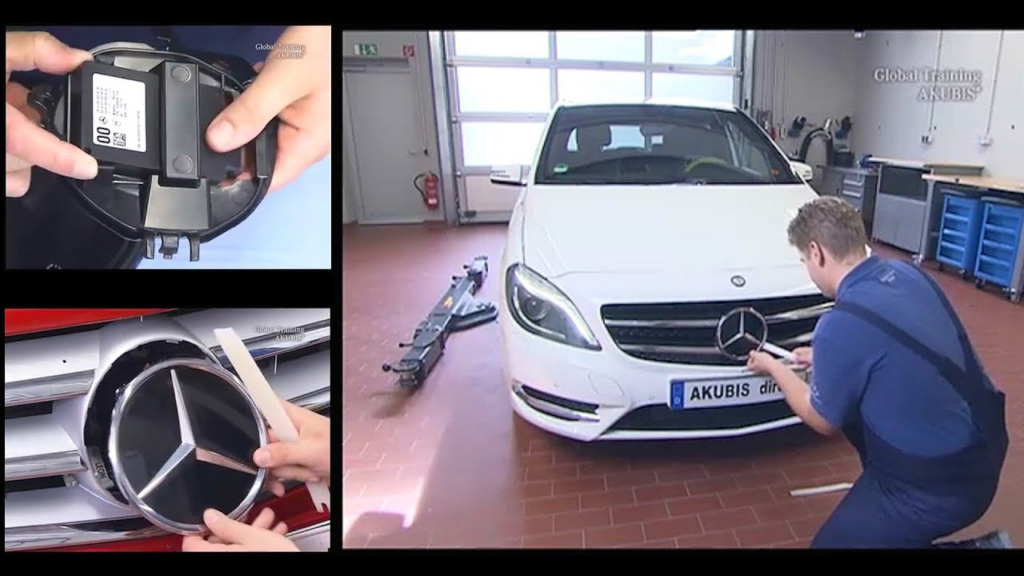
Show in the following video how to replace the collision prevention assist plus sensor
How do you clean a collision sensor?
Steps to Clean a Collision Sensor
- 1. Locate the Sensors
- – Collision sensors are typically located in the front grille, rear bumper, or side mirrors, depending on the system. Refer to your owner’s manual for exact locations.
- 2. Turn Off the Vehicle
- – Ensure the car is turned off to prevent accidental activation of systems during cleaning.
- 3. Inspect for Debris
- – Check the sensor area for dirt, dust, bugs, or grime that might interfere with its operation.
- 4. Clean Gently
- – Dampen the microfiber cloth with a mild automotive cleaner or soapy water. Avoid harsh chemicals that might damage the sensor housing.
- – Gently wipe the sensor and the surrounding area in a circular motion to remove dirt.
- 5. Use a Soft-Bristle Brush for Stubborn Dirt
- – For dried-on debris, use a soft-bristle brush to loosen the material carefully. Avoid applying excessive pressure.
- 6. Dry the Area
- – Use a dry microfiber cloth to remove any remaining moisture. Ensure the sensor area is completely dry before turning the vehicle back on.
- 7. Compressed Air for Hard-to-Reach Spots
- – If dirt is stuck in crevices, use compressed air to blow it out. Keep the nozzle at a safe distance to avoid damaging the sensor.
- 8. Check for Proper Alignment
- – Ensure the sensor is not misaligned or loose. If it appears damaged or shifted, professional calibration may be necessary.
How to activate collision prevention assist plus?
To activate Collision Prevention Assist Plus in a Mercedes-Benz vehicle, you typically need to follow these steps:
1. Start the vehicle: Ensure the engine is running and the vehicle is in operation.
2. Navigate to the vehicle settings menu: Depending on the model and year of your Mercedes-Benz, you may access the settings menu through the infotainment system display or the multifunction steering wheel controls.
3. Locate the “Assistance Systems” or “Safety Systems” menu: Within the settings menu, look for options related to assistance or safety systems. This is where you’ll find the settings for Collision Prevention Assist Plus.
4. Enable Collision Prevention Assist Plus: Once you’ve located the appropriate menu, you should see an option to enable or activate Collision Prevention Assist Plus. Select this option and follow any on-screen prompts to confirm your selection.
5. Adjust settings if necessary: Some Mercedes-Benz vehicles allow you to adjust the sensitivity or behavior of Collision Prevention Assist Plus. If desired, you can customize these settings to suit your preferences.
6. Confirm activation: After enabling Collision Prevention Assist Plus, ensure that it is activated and functioning properly by checking for any indicator lights or messages on the instrument cluster or infotainment display.
It’s important to note that the exact steps for activating Collision Prevention Assist Plus may vary depending on the specific model and year of your Mercedes-Benz vehicle.
For precise instructions tailored to your vehicle, refer to the owner’s manual or consult a Mercedes-Benz dealership or authorized service center. They can provide guidance and assistance with activating and configuring Collision Prevention Assist Plus to best suit your needs.
Show how to activate collision prevention assist plus in Mereceds E-Class in the following video
Preventive Maintenance Tips
- – Regularly clean front sensors and emblem areas
- – Test and replace auxiliary battery every 4–5 years
- – Use dielectric grease on wiring harness connectors
- – Inspect bumper alignment after even minor front collisions
- – Avoid aftermarket sensors that lack XENTRY compatibility
- – Avoid high-pressure washing around radar sensor zones
Real-World User Quotes
“I ignored the warning for a few days and nearly got into a fender bender. After a quick scan, it was just a low battery.”
— Reddit user on /r/mercedes_benz
“Dealer couldn’t fix it—turned out to be a cheap radar sensor from a third-party garage. Replaced with OEM and no more warnings.”
— User on MBWorld Forums
“In my C-Class, the radar was fine but the connector pins were green from corrosion. Cleaned and resealed—fixed instantly.”
— Independent Mercedes technician
Frequently Asked Questions
Q: Is it safe to drive with this warning?
Yes, but you won’t have any emergency braking support. Rely solely on your own braking do not ignore the alert for long.
Q: Can a dead auxiliary battery cause this warning?
Absolutely. Most ADAS systems rely on a stable 12V system to operate correctly.
Q: Do I need to visit a dealer?
Not always. If you have a proper scan tool, you can diagnose and clear temporary faults at home. However, module calibration or replacement must be done by a certified shop or dealer.
Q: Will clearing the fault code fix the issue?
Only if the root cause has been addressed (e.g., sensor cleaned or battery replaced). Otherwise, the warning will return.

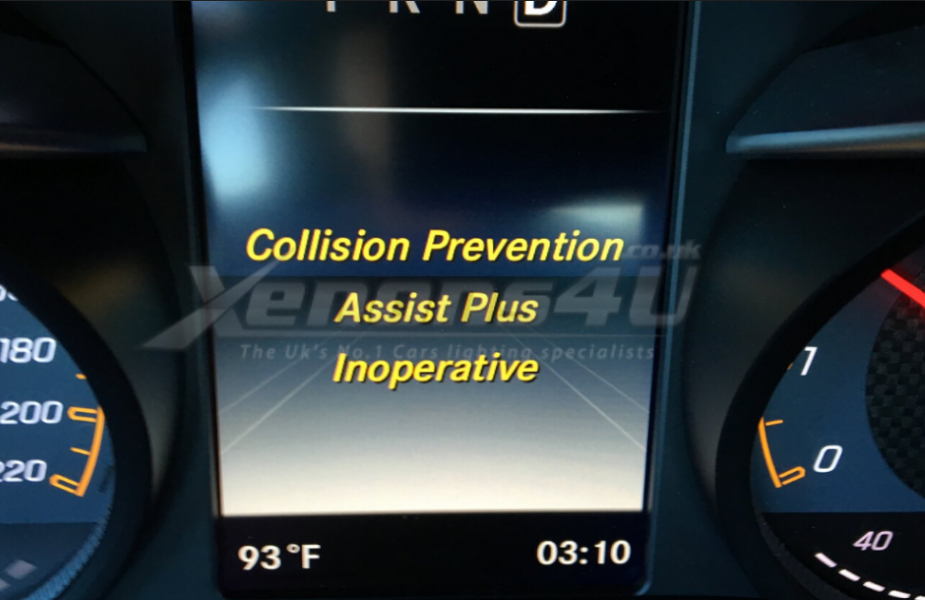
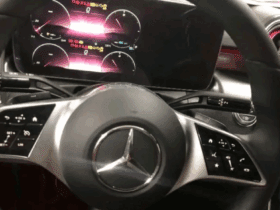
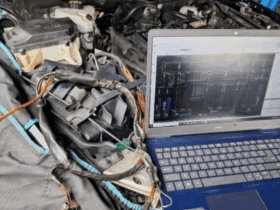
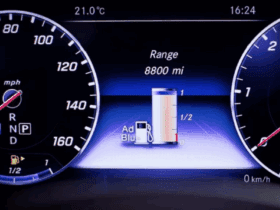
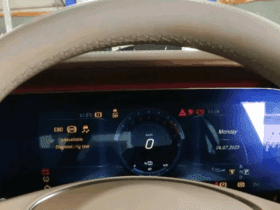
O meu carro apresenta a mensagem indicada em assunto. Como devo proceder?
Mercedes collision prevention assist plus não está a funcionar?
Hi, As you read in the article, several causes are possible. Please let us know the fault codes recorded in the collision prevention assist calculator using a diagnostic device.
hello i own mercedes gla200 the x156 model
i am facing an issue which is , first the message of auxiliary battery malfunction appeared, but every thing else was ok , and i was careless about replacing the. aux battery and i kept using. the car , after that what happened that after driving for some time 3 malfunctions appears suddenly and in same time the (ECO Start/) is disabled + ( collision prevention assist plus inoperative) + (electronic stabilising control symbol inoperative see owners manual) , i used to switch the car off and then on again every thing worked properly, and no messages exempt the aux battery one , and this situation i started yo be. facing it more and more abd i was repeating the same action , now when i start engine and just move the car after fir a meter all the mall-functions appears snd the options related. to it is not working for sure , the eco start/stop i is caused due to the auxiliary batter that is sure but the other malfunctions happens in the same second that the eco start/stop option stops , i heard many un logic opinions about that sensors issues and all off that but if was so it wasn’t to be related to the eco system and in-operate in same moment , so i think that the auxiliary battery is now almost dead not just weak and it is the reason of all of that issues and this malfunctions ,so really could the auxiliary battery to be all the malfunctions reason and if i replaced now the auxiliary battery to a new one is every thing is going to be ok again ? , please i need help from.
Hi,
according to these symptoms, it is sure that the source of the problem is the insufficiency of the electrical energy. for the auxiliary battery must check its terminals if they are OK, the battery must be replaced.
Concerning the on-board network battery in the engine compartment must be checked (Check the production date, Check the internal resistance), it is also possible that it is defective.
To validate this information, you must first read the error code memory of the engine management unit
For more information on the auxiliary battery, see the following articles;
https://en.mercedesassistance.com/auxiliary-battery-malfunction-mercedes/
https://en.mercedesassistance.com/auxiliary-battery-malfunction-how-to-fix/
More information, Contact us
Hi, I repliace the Colision detection module on my c300, 2017 and was hoping it’s a plug and play mechancism. However, it is still not working. Do you know if I need to perform some programing to make it function. I’m currently getting the ” Collision Prevention is in active” on the dashboard.
Hi Sir, still when the collision prevention assist module replacement has been performed, on-road calibration is required